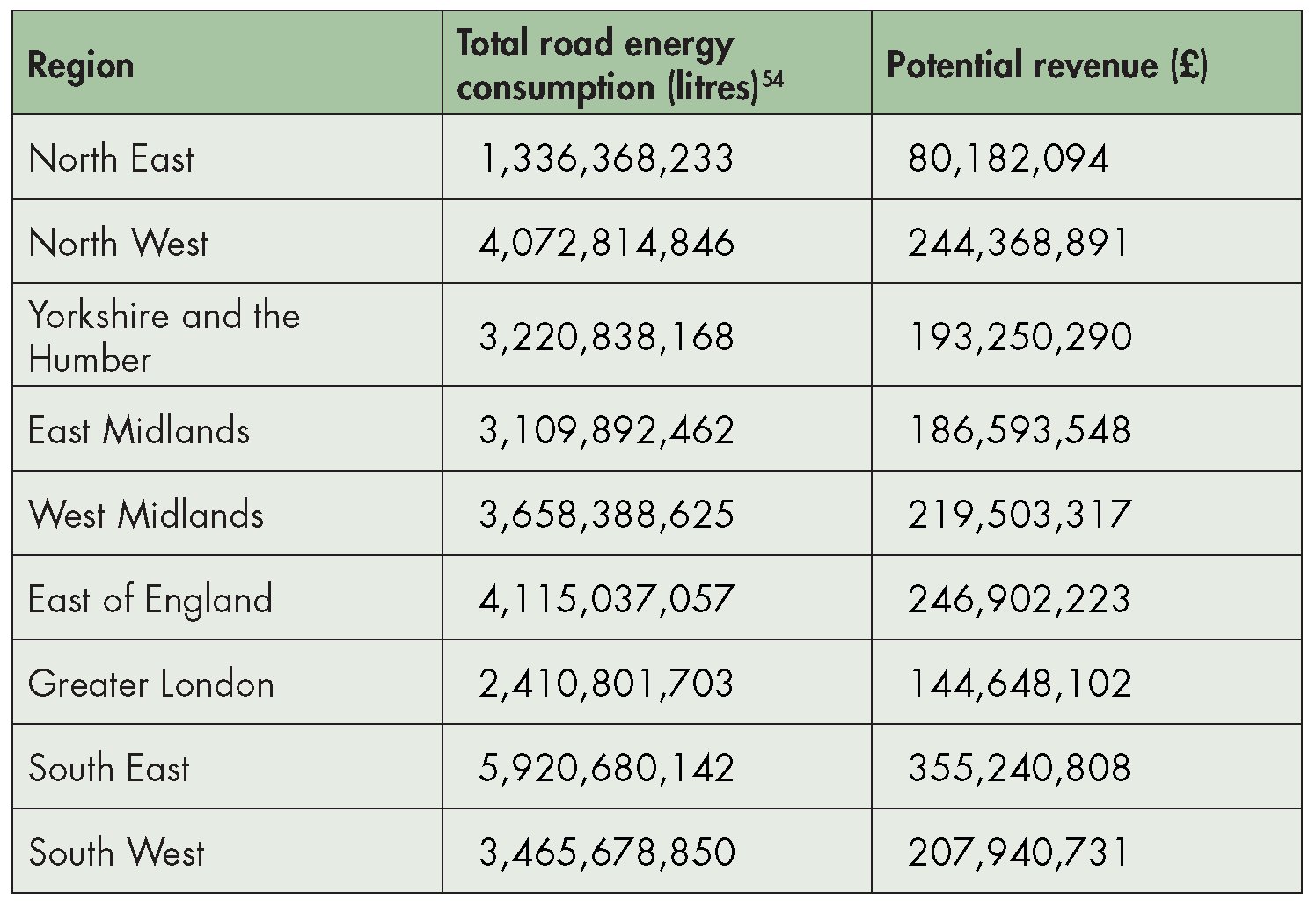A Modern Transport Infrastructure Strategy

A Modern Transport Infrastructure Strategy
The fight for cleaner air is one of liveability. What changes and investments are society willing to take for their place to be a more pleasant one to live and work in? How willing are people, businesses and governments to change the way they operate for a more sustainable economy? At what point do questions of future planning and prosperity become those that must be answered now?
A Modern Transport Infrastructure Strategy: Cleaner air through better infrastructure follows a raft of government strategy for tackling air quality on a national scale – for instance Defra’s Clean Air Strategy and DfT’s Road to Zero strategy – and asks what can be done locally. Every place’s air quality problem looks different in source, extent and impact and so, therefore, should each place’s policy response. As trends in lifestyles and technology continue to change, and people continue to move to cities, what is collective to all air quality strategies across the country is the central role of infrastructure.
Download the Executive Summary
Download the Recommendations
Key points
- By improving the efficiencies of existing infrastructure, and building much-needed new infrastructure, places can shift people and businesses onto lower-emitting transport.
- With the policy and procurement capability of the local state, and its convening power, there is much places can do within their tight financial situations.
- Money is nevertheless needed from central government, particularly in areas with a limited fiscal base.
- However, places should also take the lead in raising funds through attracting private capital and using local tax powers more actively.
Potential benefits of a £0.06 local fuel duty

